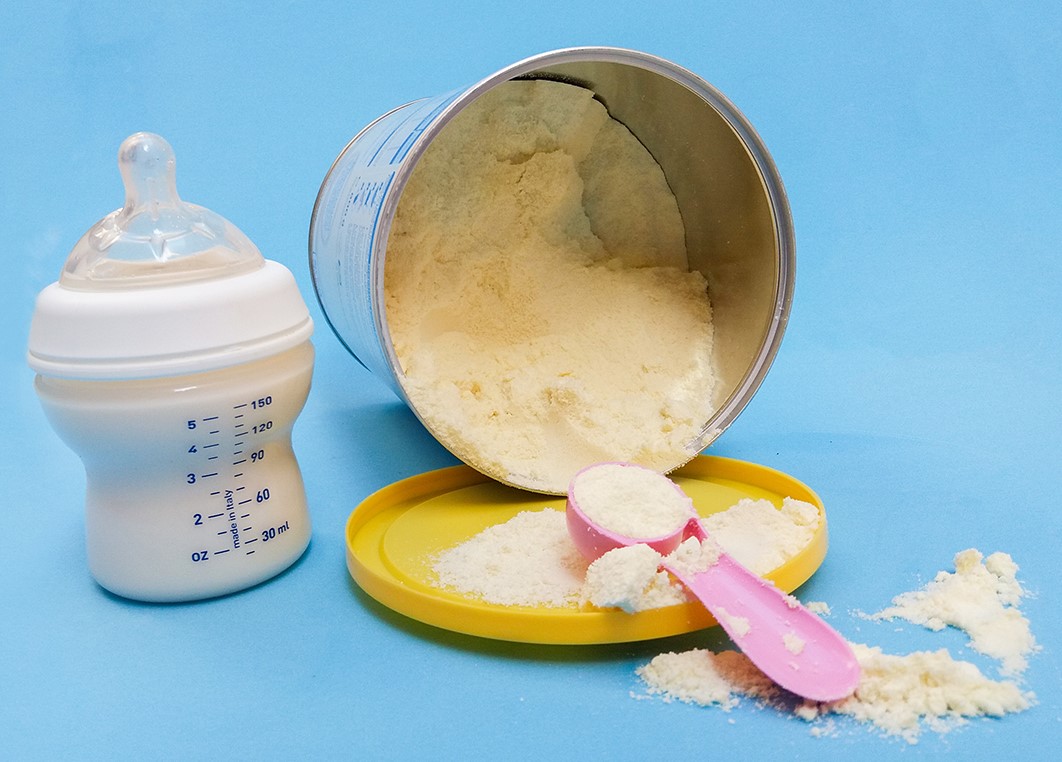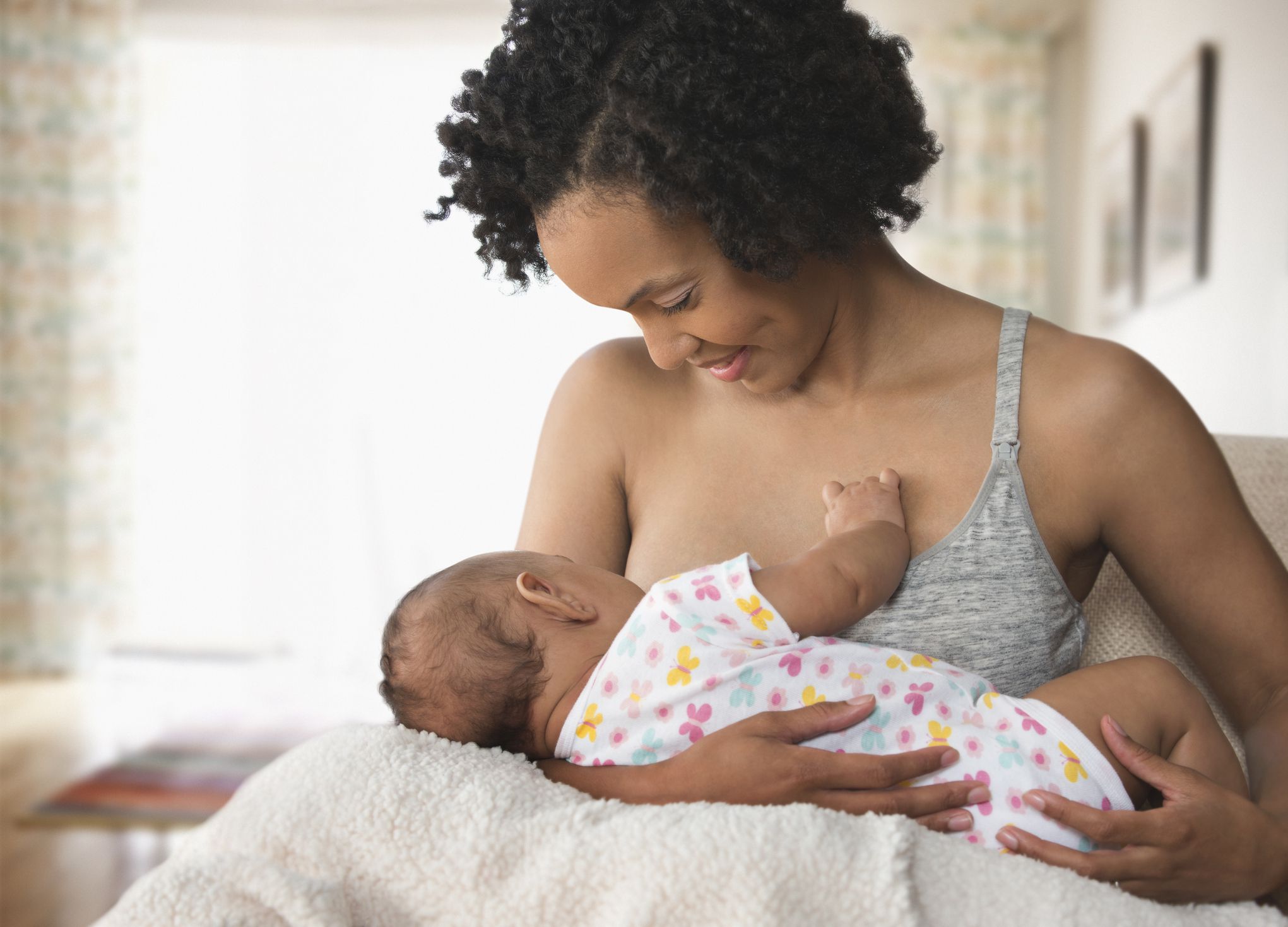You might feel that getting pregnant was the happiest day of your life until you hold your little one in your arms and feel that life has given you the much-needed upgrade of becoming a parent.
However, becoming a parent is no mean feat, and when it comes to choosing what is right for your child, most parents take to the internet, books, or their pediatrics for help. We get it that not everyone is a born parent, and you have got to learn a few things along the way.
It is why we are here to help lost parents understand how they can combine breast and formula feeding for their children. Nonetheless, before we dip our toes into the deeper end of the pool, let us know why you might need to introduce formula feeding into your child’s life.
Why do you need to combine breastmilk and baby formula?

Several women opt for a combination of breastmilk and formula feeding because of one or many of the following reasons:
- They are breastfeeding but at the same time want to introduce expressed breastmilk into their baby’s diet and use the bottle for the same.
- Some ladies can suffer from low milk supply postpartum. As a result, most doctors suggest switching to the baby formula to help the child receive adequate nutrition for complete growth and development.
- They want to transition back to their work-life and will have to leave their baby in the daycare.
- They are bottle feeding but had a change of heart and want to start breastfeeding or vice-versa.
However, new mothers must understand that while introducing the baby formula can offer you much-needed respite; it will also affect the amount of breastmilk you produce. So, if you plan to combine the two feeds, it might not work as well.
Additionally, your baby can get used to the bottle since it entails a different sucking action than the breast. As a result, all of these factors combined can make breastfeeding much more challenging, prompting you to transition to the baby formula entirely.
Things can become a little more difficult to navigate, especially in the first few weeks when you and your baby are getting used to each other and the new situation.
Introducing Baby Formula into your Child’s Diet

Regardless of the feeding method you choose, if you decide to combine breastfeeding with baby formula, you and your child can both enjoy the dual benefits of breastfeeding and infant formula. However, there are a few things that you must keep in mind while introducing the baby formula in your child’s diet. Some of the pointers include:
- Do it gradually and give your child and your body some time to get used to the changes. Since your body will be producing less breastmilk, now that you have introduced infant formula, gradually doing the entire thing will help lower your chances of getting uncomfortable, swollen breasts, or mastitis.
- If you are transitioning back to your work life, start the whole thing a few weeks early so that your child and you can get plenty of time to readjust to the new dynamics.
- If your baby is six months or older can drink milk from a cup, you won’t have to introduce a bottle at all and can prepare to give the baby formula directly.
Reintroducing Breastfeeding

If you want to restart breastfeeding, you can consult your doctor for expertise or read the pointers below to get a better understanding of how you can continue breastfeeding without any hiccups.
- Some doctors suggest that females maintain as much skin-to-skin contact with their babies as possible and cuddle them all the time. This will encourage your body to produce more milk, and your baby will also get warmed up to you.
- Express your breastmilk in a baby bottle and stockpile it in your fridge. If you pump your milk eight times a day, your body will gradually start producing the ideal amount of milk so that you can feed your baby as and when they feel hungry.
- Try holding your baby as close to your breasts as possible, even while feeding them with a bottle.
- Please do not get worried if your child is not latching on for longer periods. It is totally normal for babies to wander off in the middle of breastfeeding. Consult your doctor if it is happening regularly and you feel your baby is not getting enough food as a result.
- Decrease the number of bottles you give your baby daily and try breastfeeding more.
While breastfeeding and baby formula can go hand-in-hand, please don’t be mistaken that it will ever be fifty-fifty proportionate of each. It could be that your child refuses to be fed from a bottle and only wants breastmilk or, in other cases, cannot breastfeed at all and wants their bottle.
It is advised that you do not worry in either case and try to develop a routine with your child to help them warm up to all the options. While breastfeeding can become a hassle in the longer run, many new mothers feel that it is the best option for feeding their children. However, it is not true.
A baby formula bottle can also provide just as much nutrition as breastmilk, and you must not feel guilty in pondering the question of how to transition from breastmilk to formula. It is completely normal and one hundred percent your choice on how you would like to feed your child.
Conclusion
Trying to raise a child will have its ups and downs starting from the very start of when they arrive in this world, and you have to decide how you would like to feed them. While opting for a combination of breastmilk and baby formula is what most new mothers do these days, you can navigate your special circumstances and do what seems the best to you.
At the end of the day, it is you who should be comfortable with everything since you are more than a mother on all days, even though being a mother is the highest and noblest of duties.









